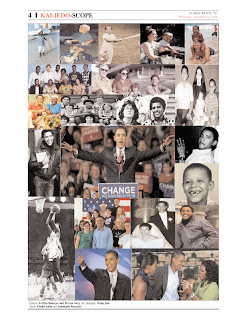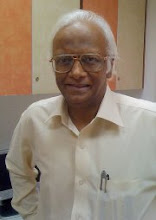
The horse-trading season is here. The trading begins as soon as the election results are declared.
Suppose you are a first time MP just elected. On the first day, two guys walk into your house and offer you Rs 100 crore for supporting their party desperately trying to cobble up a government at the Centre. This is followed by two other groups offering half the amount but with a ministerial berth. This is not a scene from the flight of imagination but a typical behind-the-Democracy Wall operation to make democracy safe for the people.
Say a party needs 40 or 50 horses to form the government, then each horse may demand anything between 10 to 25 crore rupees. But if the fate of a party depends on just one or two horses, then the price rises dramatically. It might be as much as 100 crore per horse or even more! Like they say, ‘sky is the limit!’
When the people do not give a clear mandate, the major political parties have to pay the price. The bookies who have sharp business sense project the Congress at 160-170, yet short of the magical 255. Unless the Third Front, or Mayawati or Navin Patnaik helps, the Congress will find it an uphill task. BJP with 130-140 may find it harder this time than when Vajpayee cobbled a successful front. It might even prop up Maya or Navin to checkmate the Congress.
The Third Front has nothing to lose by playing the spoiler. After all, comrades Karat and Yechury have contributed to some of the finest TV shots during the nuclear deal debate.
But where do political parties get this kind of money? Your Swiss bank you can bank upon. On a conservative estimate, the Indian money in Swiss banks ranges from $500 billion (Rs 2,50,00,00,00,00,000) to $1400 billion (Rs 7,00,00,00,00,00,000). The professional estimate of the Global Financial Integrity study is $27.3 billion flowing out of India into secret bank accounts every year.
Did someone say anything about taxpayers’ money going to the drains?


























